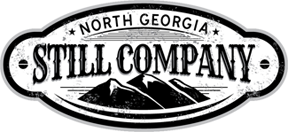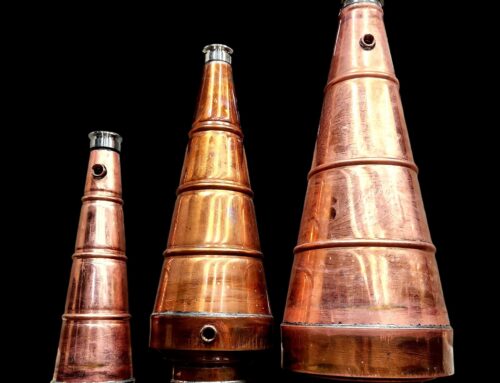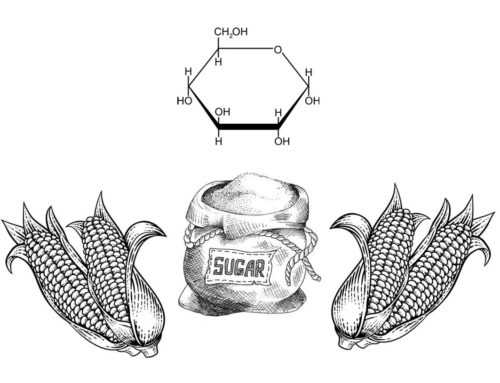Morena, Muscovado, Jaggery, Piloncillo, Kokuto, Demerara, Turbinado, Brown Sugar, Raw
What’s the difference?
When we talk of sugar, we hear lots of names tossed around. Everything from raw sugar, white and brown sugar, to Turbinado. Now while they’re all mostly made from cane, they’re not all the same. And for this article I want to focus specifically on those cane based “raw” sugars”. The term “raw” refers to sugars that have been crystallized only once, as opposed to white granulated sugar that which can be crystalized up to an additional two or three times. The sugars below are primarily made by the boiling of cane juice which causes the sugar to crystalize. Raw sugars get their color from the natural molasses that has yet to be stripped from their crystalline structure. These sugars vary in production method, crystal structure, crystal size, and place of origin. These difference as well as others are some of the deciding factors for which each one is named.
Now that I have “sweetened the pot” let’s get into some different raw sugars.
Morena: Also known by the name brand “Zulka” this medium crystal sugar is cultivated in Mexico. The name Morena translates to “Brunette”. I find this fitting as this sugar is the lightest in color of any other on the list. The difference in this sugar over others is that after the cane is pressed, the juice is evaporated instead of boiled. This evaporation can occur naturally or by use of a vacuum. This eliminates the caramelization of the sugar which gives other raw sugars their dark brown color and depth of flavor. Instead of the dark earthy molasses notes that you would normally find in raw sugars, Morena enjoys lighter more subtle hints of caramel.
Jaggery: Since India is the second largest producer of sugar cane it stands to reason that they consume the most jaggery in the world followed by the rest of Asia and North Africa. Very similar to Muscovado, Jaggery is a non-centrifugal processed sugar. It’s made by boiling Sugar cane in large cast iron cauldrons and left to cool.
Jaggery does has a caveat, it is the only sugar in this list that can come from a source other than cane. Palm Jaggery is made by harvesting the sugary sap from palm trees. A worker climbs palm trees to reach the top where they extract the sap by cutting slits in the crown of the tree. They will then place a pot to collect the oozing sap. The sap is placed in a large cauldron and boiled for 3 or more hours. When it becomes thick and gooey the palm jaggery is poured into molds that are made of coconut shells that have been cut into halves. It is then left to harden and sold in half moon shapes.
Muscovado: While Muscovado is made in different countries the number one producer is India, but since this sugar originates from Barbados it’s affectionately nicknamed “Barbados sugar”. Although Muscovado can also be light, the dark version of this sugar is deeper in color than any of the other sugars on this list. Its high molasses content gives it the deepest color and the highest source of nutrients. Muscovado is made in very much the same way as Jaggery and Piloncillo with it being pressed and boiled cane juice. The one exception is that as it’s dried, it’s stirred to retain its granular form instead of being poured into molds to harden.
Piloncillo: This sugar is often referred to as “Mexican Brown Sugar”, and while the name suggests it’s a brown granulated sticky sugar, it is definitely not the same as the brown sugar you’re used to seeing at the grocery store. This sugar is made by boiling down cane juice and then pouring it into molds to harden. The name Piloncillo translates to “Little Loaf”. Typically, you can find this sugar in the shape of a “loaf” or cone for which the molds resemble. Since this sugar is very hard it is usually granulated by running it over a cheese grater or broken with a mallet/meat tenderizer.
Kokuto: Also called “Okinawa Black Sugar” is grown on the islands of Okinawa in Japan. It is made in very much the same way as Piloncillo, with one exception. Like piloncillo it’s made by the boiling of cane juice. However, after it’s left to cool it is then broken into pieces and sold in uneven shapes. Since this “Black Sugar” is high in Potassium, Calcium, and Iron it’s often used in Japanese herbal medicines and remedies. You can also find it used extensively in Asian boba and bubble tea desert drinks.
Demerara: The word Demerara is Dutch for Demerary. Demerara is a historical region of the Northern Coast of South America, in what is now present-day Guyana. Demerara Sugar is named after the sugar cane plantations within the colony of Demerara for which it originated. It boasts a pale amber color and a large crystal. Lots of us know that brown sugar is made by adding molasses back into pure white sugar. Like the kind used in those little Christmas cookies we all know and love. Demerara Sugar can also benefit from this process as well. With not all demerara sugars being made the same, there are times that its additionally spun removing some but not all of the molasses. It’s then sorted by size and molasses is added back to the crystals to increase its depth of flavor and color. And while Demerara Sugar can be spun in a centrifuge it is not processed to the same degree as white sugar is.
Turbinado: Turbinado and Demerara are very similar since they both boast a similar color and are both single-crystallized sugars. However, they differ in size. Turbinado is slightly smaller in grain size, and since it lacks the addition of molasses after processing it is less sticky. This sugar, like the others, is processed though a centrifuge. The centrifuge also called a “turbine” is the source of the name for this sugar.
So, as you can see most of these sugars are very similar. Truly it’s just the level of processing and country of origin that can set them apart. I hope this helped to bring some clarity to the different types of raw sugars.
-Moonshine Shua
RESOURCES:
What Is Demerara Sugar? (thespruceeats.com)
Rapadura? Panela? Sucanat? Muscavado? Turbinado? Organic Raw Sugar? – Quirky Cooking
Demerara Sugar Vs. Turbinado: SPICEography Showdown – SPICEography
Demerara vs Muscovado vs Turbinado Sugar: What’s The Difference? | Kitchn (thekitchn.com)
What Is Piloncillo? How Is It Used? (allrecipes.com)





What’s the best all-purpose yeast to use for moonshine without having to add other nutrients
Good https://is.gd/tpjNyL
Awesome https://is.gd/tpjNyL